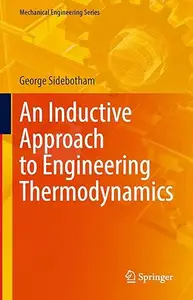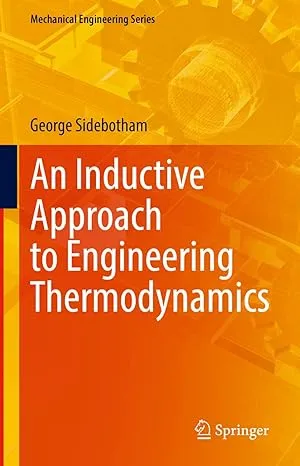An Inductive Approach to Engineering Thermodynamics
by George Sidebotham
English | 2022 | ISBN: 3030204294 | 809 Pages | True ePUB | 115 MB
by George Sidebotham
English | 2022 | ISBN: 3030204294 | 809 Pages | True ePUB | 115 MB
This textbook provides an alternative, inductive treatment of traditional Engineering Thermodynamics, e.g. energy and its transformations in engineering systems, and introduces the notion of eXergy. The book begins with energy methods developed in mechanics and transitions to thermodynamics by introducing both 1st and 2nd Laws of Thermodynamics immediately, incorporating more-advanced concepts using practical applications. This methodology continues throughout the text, wherein consideration of a specific example leads to general conclusions. At the same time, the author introduces eXergy, also called “Availability,” a measure of the potential of a substance to produce useful mechanical work in being brought from its current state to the conditions of the local environment.
The book facilitates students’ understanding with workshop problem statements and guided spreadsheet.It is appropriate for a sophomore- or junior-level first course in thermodynamics and is restricted to “simple compressible substances” with no formal chemical reaction development. Mechanical engineering applications are the primary target, where several follow-up courses would follow (fluid mechanics, heat transfer, and a 2nd thermos course). Civil or electrical engineering students could benefit from just this course, and chemical engineering programs could develop chemically reacting and non-ideal applications in follow-up courses.



